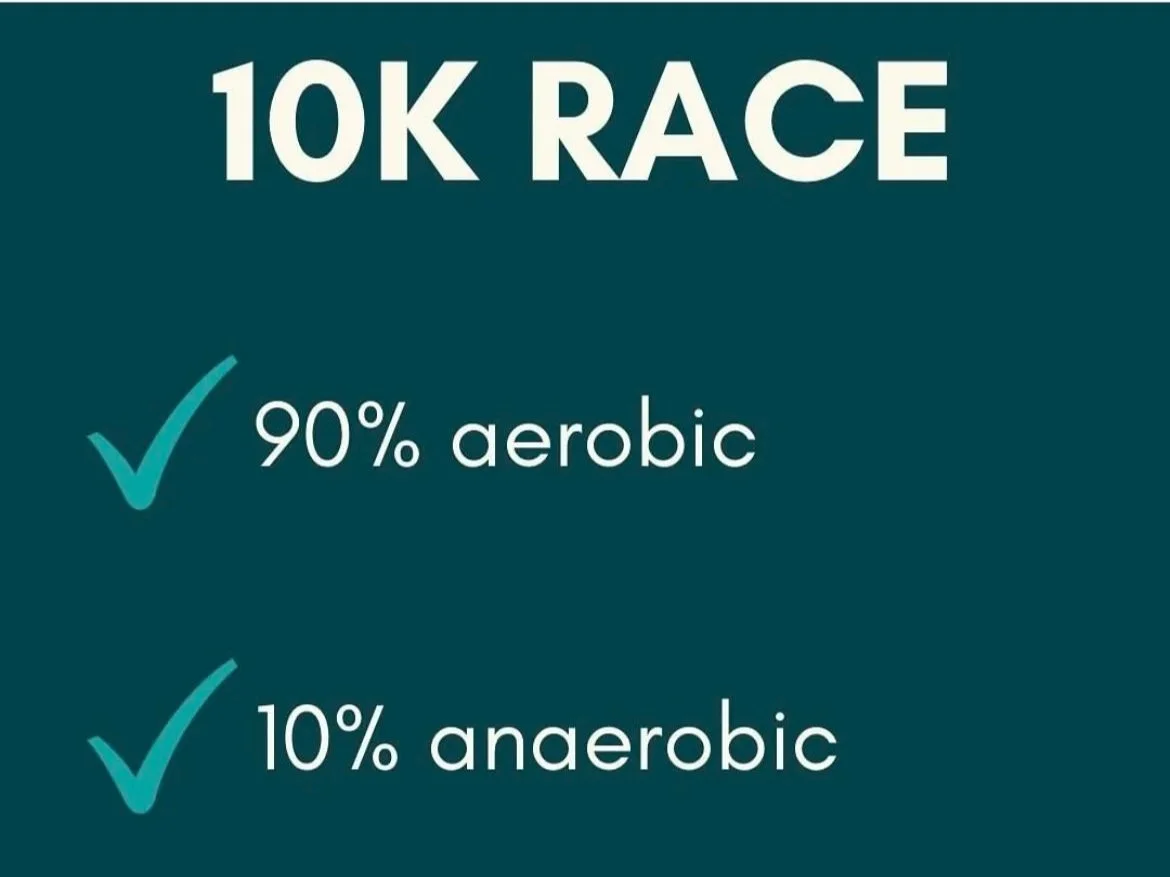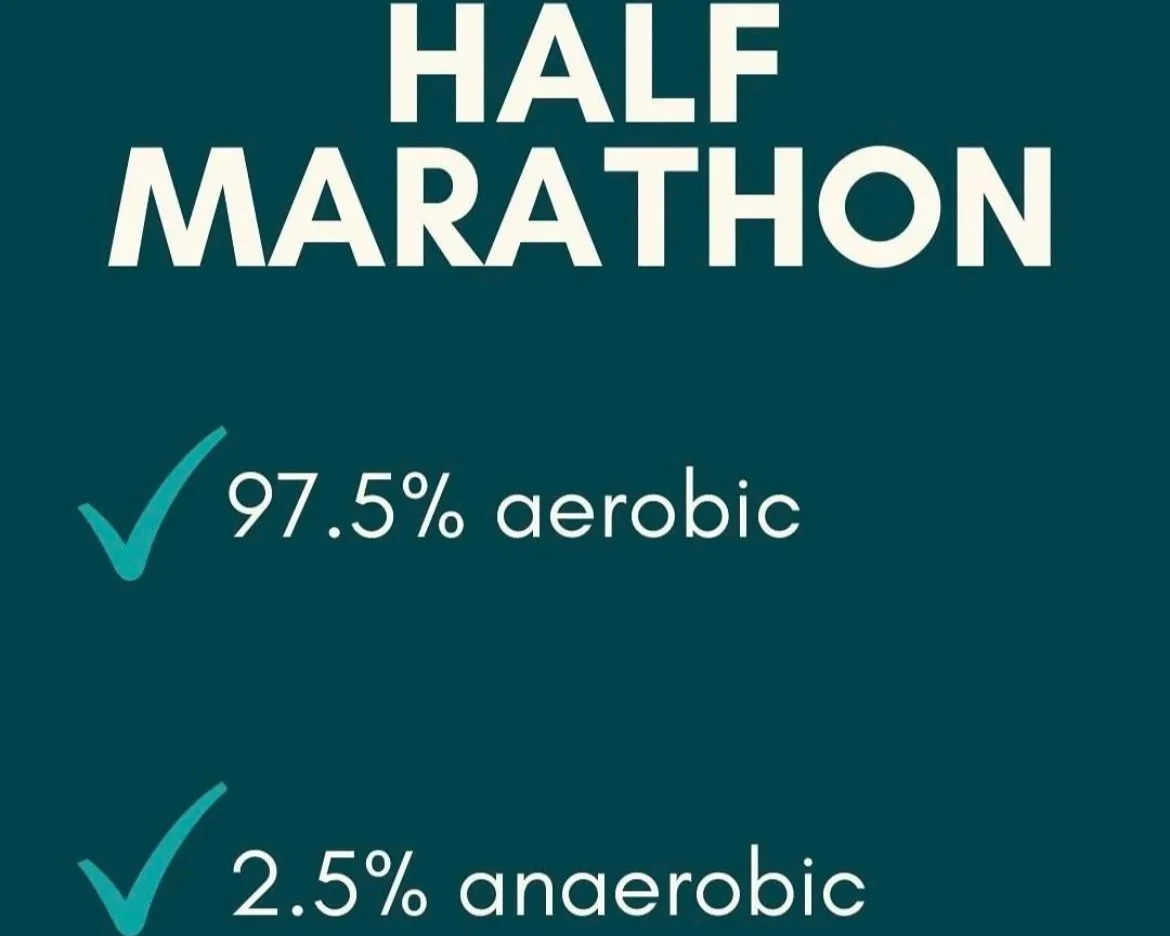How to “Pace” Your Race: 5k to Marathon
Pacing is everything. Go out too fast and you risk blowing up; go out too slow and you leave time on the table. Here’s a distance by distnace guide to running smart, confident races.
5K (approx. 80% aerobic, 20% anaerobic)
Mile 1 → Start at goal pace, no faster. You should be fully warmed up before the gun goes.
Mile 2 → The “no man’s land” mile. It feels tough—hold your pace, don’t give in.
Mile 3 → Stay strong, check posture, and surge when you see the finish line.
10K (~90% aerobic, 10% anaerobic)
Miles 1–2 → Start 5–10 secs slower than goal pace, settle in, and let the adrenaline settle.
Miles 3–4 → Move up to goal pace, relax your breathing, and stay controlled.
Miles 5–6.2 → Push harder if you’ve paced well—sprint the final stretch.
Half Marathon (~97.5% aerobic, 2.5% anaerobic)
Miles 1–2 → Start conservatively, 5–15 secs slower than goal pace.
Miles 3–10 → Settle into goal pace and hold steady. It will feel tougher by mile 8–9—stay calm.
Miles 11–12 → If you’ve held back, this is where you can push.
Mile 13 → Empty the tank and sprint the final 200m.
Marathon (~98–99% aerobic)
Miles 1–10 → Patience. Start 5–15 secs slower than goal pace.
Miles 11–20 → Even pacing is key. Fatigue will rise, but hold steady.
Miles 21–26.2 → This is where your training carries you. Dig deep, keep moving, and fight for every step—you’ll make it.
Tip: Practice these paces in training so they feel familiar on race day.




